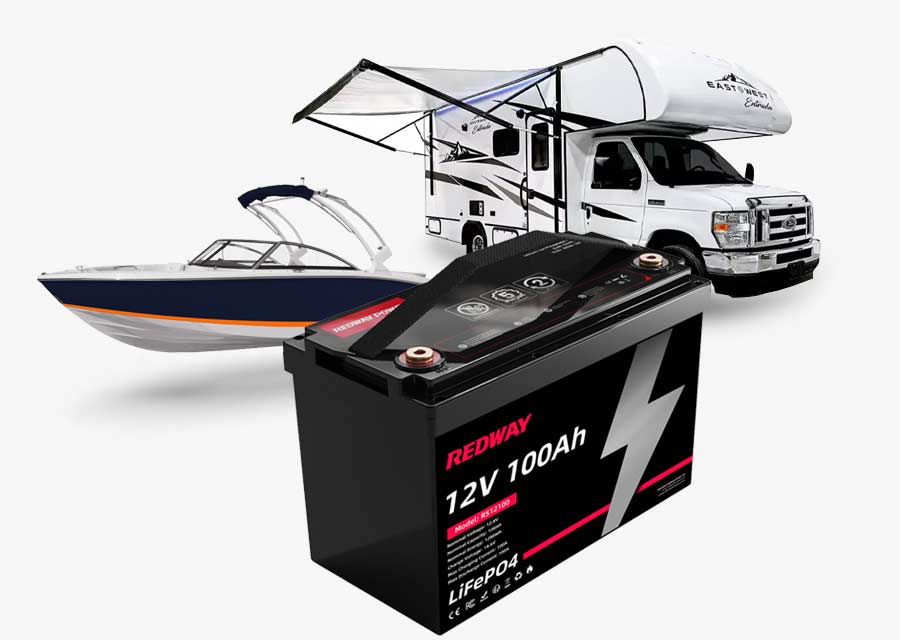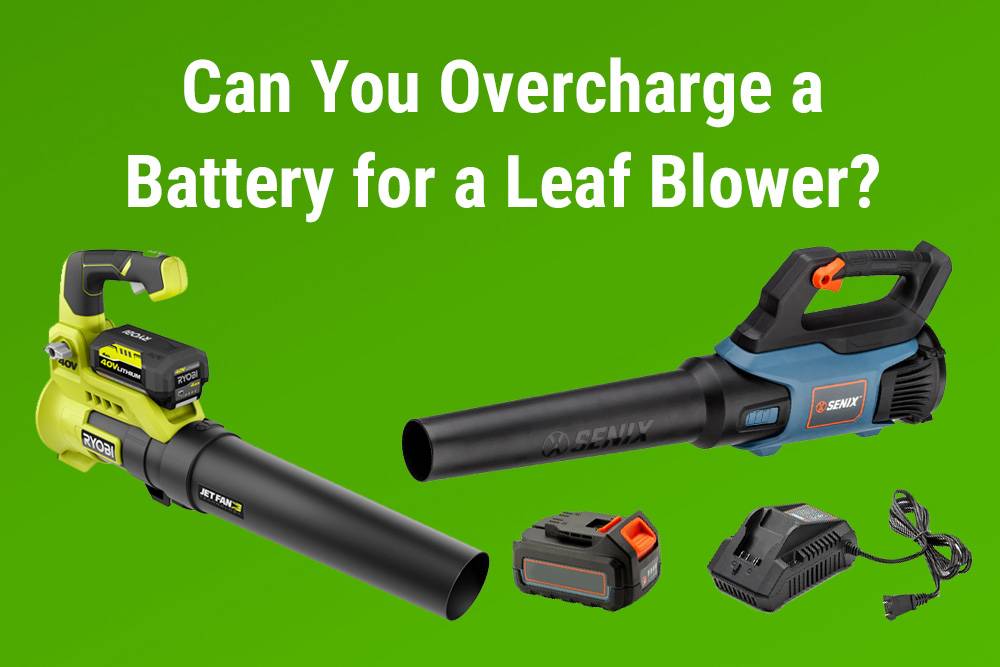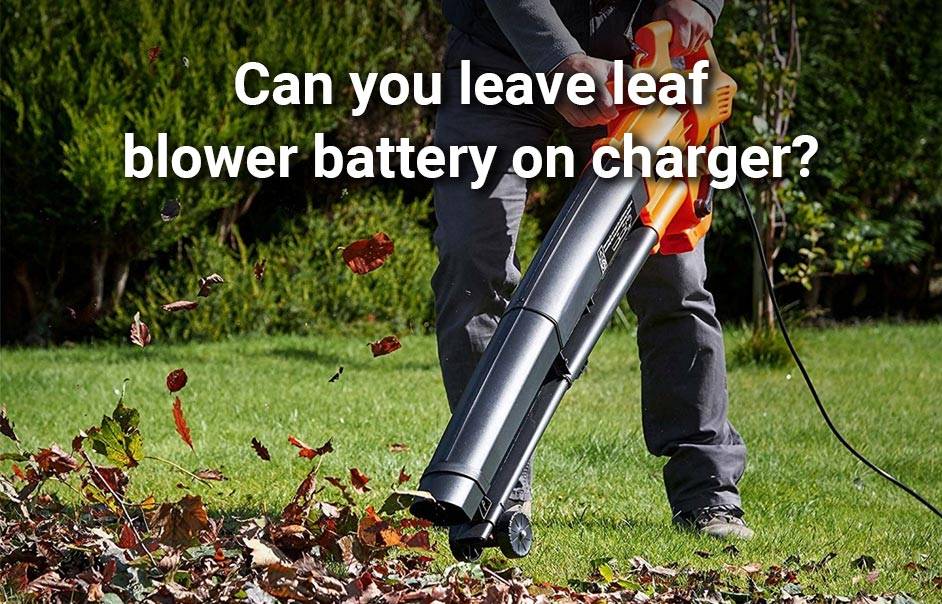The charging time for a leaf blower battery can vary depending on the model and battery capacity. On average, it may take around 3 to 5 hours to fully charge a leaf blower battery. In this post, we’ll explore charging times for leaf blower batteries, helping you get back to gardening faster!
Table of Contents
ToggleFactors Affecting Leaf Blower Battery Charging Time
The charging time of a leaf blower battery can be influenced by several factors.
One of the main factors is the battery capacity. Batteries with larger capacities typically take longer to charge compared to batteries with smaller capacities.
Additionally, the charging method used can impact the charging time. Fast charging methods may result in quicker charging times, while slow charging methods may take longer. The charger’s output current also plays a role, as higher output currents can charge the battery faster.
Lastly, the battery’s initial state of charge before charging can affect the overall charging time. If the battery is already partially charged, it may require less time to reach a full charge compared to a completely depleted battery.
Considering these factors can help users estimate the charging time for their leaf blower batteries and plan accordingly.
Average Charging Time for Different Types of Batteries of Leaf Blowers
The average charging time for different types of batteries in leaf blowers can vary, typically ranging from 2 to 4 hours. However, the actual charging time may depend on various factors such as the capacity of the battery and the specifications of the charger.
It is important to refer to the manufacturer’s instructions and guidelines for the specific charging time recommended for your leaf blower battery.
By following the recommended charging time, users can ensure that their battery is fully charged and ready for use, maximizing the performance and runtime of their leaf blower.
Tips for Faster Charging of Batteries of Leaf Blowers
Additionally, charging the battery in a cool environment helps prevent overheating and ensures efficient charging. It is crucial to follow the manufacturer’s recommended charging times and procedures to avoid any potential issues.
Lastly, it is important to avoid overcharging the battery, as this can negatively impact its performance and overall lifespan.
By implementing these tips, users can maximize the charging efficiency and reduce the overall charging time for their leaf blower batteries.
Maintenance and Care for Longer Battery Life, Batteries of Leaf Blowers
To maximize the lifespan of leaf blower batteries, proper maintenance and care are essential.
Regularly inspect the battery for any signs of damage, wear, or corrosion, and clean the contacts and terminals as needed. It is important to avoid overcharging the battery, as this can lead to damage and reduce its overall lifespan.
When not in use, store the battery in a cool and dry place to prevent deterioration.
By following these tips, users can prolong the battery life of their leaf blowers and ensure optimal performance when needed.
Alternative Power Sources for Leaf Blowers
- Use a dedicated charger designed for your leaf blower battery to ensure compatibility and efficient charging.
- Charge the battery in a cool environment to prevent overheating, which can negatively impact battery performance and longevity.
- Avoid overcharging the battery by following the manufacturer’s recommended charging times and procedures.
- Regularly inspect the battery for any signs of damage or wear, and clean the battery contacts if necessary.
Optimize Charging Times for Leaf Blower Batteries
-
Use a dedicated charger designed for your leaf blower battery: This ensures compatibility and efficient charging, leading to faster charging times.
-
Charge the battery in a cool environment: Heat can slow down the charging process, so it’s best to charge the battery in a cool area to prevent overheating and promote faster charging.
-
Avoid overcharging the battery: Overcharging can degrade the battery’s performance and shorten its lifespan. Follow the manufacturer’s recommended charging times and avoid leaving the battery connected to the charger for extended periods.
-
Follow the manufacturer’s instructions: Each leaf blower battery may have specific guidelines for optimal charging. It’s important to read and follow the manufacturer’s instructions to ensure the best charging practices for your specific battery model.


